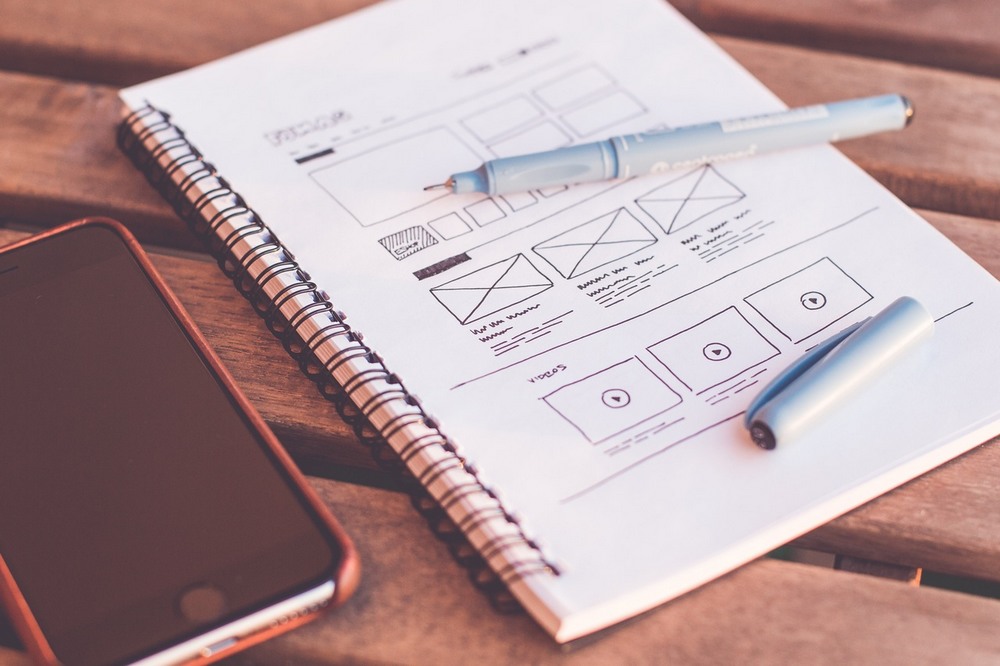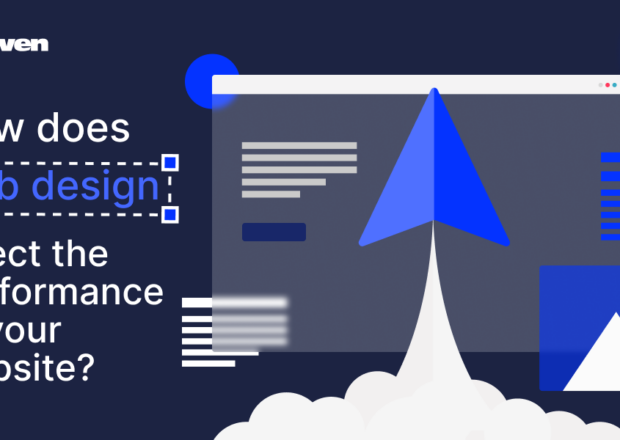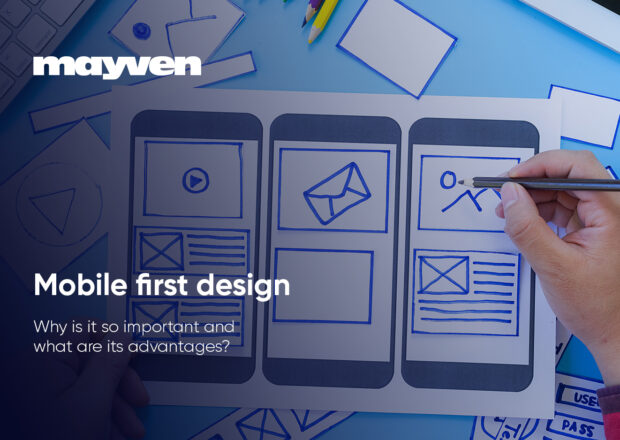4 Tools to Create Functional Mockups Without Code Compared
Have you ever wondered why companies like Apple, Google, and Microsoft invest millions of dollars in creating prototypes of products before sending them into production?
Well, for starters, it allows them to avoid wasting any more time and money on products that simply won’t work in the market. In fact, Apple has a whole series of prototypes that never made it into production. And let’s not forget Google Glass.
Mockups (the prototypes of the design world) have the same purpose. Mockups are about showing your vision and goals for a project before you begin working on a design. It’s a way to win your clients. Set expectations that your design team can achieve and it’s also about avoiding conflict and having to go back and forth with endless requests for changes from your clients.
Functional mockups, on the other hand, take that to the next level.

What Are Functional Mockups?
A mockup is something that’s widely used in the design world for demonstrating a design or the outcome of a product. Simply put, it’s a way to show your design to your clients before you even begin its work.
However, functional mockups are different. Unlike static mockups, which mostly end up being a printed document or a JPEG on a slideshow, a functional mockup is like a prototype that lets your clients test the functions of your design and experience how it might end up when it’s finished.
Most design teams used to avoid using functional mockups to present their design concepts to clients because the whole process required a lot of time and work. It just didn’t seem like it’s worth all the effort. But, not anymore.
Today, there are plenty of tools that allows you to build beautiful functional mockups without having to type a single line of code.
We’ll get to that part in a moment, but first, let’s see why you should care to develop functional mockups.
Benefits Of Designing Functional Mockups
Static mockups are great for visualizing your designs for your clients. But, once it’s fully developed, those designs may not function the same way as your clients had hoped. This often results in having to make changes to your designs and sometimes having to start again from scratch.
If you were to use a functional mockup or a prototype to demonstrate the functions of your designs, your clients will have reasonable expectations for the end result and you’ll be able to develop a product that meets their demands. Because a functional mockup or a prototype is the closest thing you can get to the final product.
Another benefit of designing functional mockups is that once you get the green light from your client, you can easily hand over your mockup to a development company (like CodeMyViews) and get that mockup transformed into a product at the highest quality possible.
That way, you can get your designs developed without having to employ a development team for your agency or even having to deal with terrible freelancers.
Here are a few of the best mockup tools you can use to design stunningly beautiful functional mockups.
Balsamiq Mockups

Balsamiq describes its software as “a rapid wireframing tool that helps you Work Faster & Smarter”. And it does just that. The tool can be used as both a desktop app or a web app for easily creating mockups.
Balsamiq Mockups is like a whiteboard where you can sketch your mockup designs as they appear in your head. It will feel just like sketching with a pencil. Then the software takes over and transforms those sketches into wireframes almost instantly.
Main Features Of Balsamiq

Smooth User Interface: Balsamiq Mockups features a fun user interface with drag-and-drop functions where you can easily draw your mockups. It’ll work much better with drawing tablets as well.
Team Collaboration: Your entire team can use Balsamiq Mockups together to work on the designs more effectively.
Built For Creatives: Using Balsamiq Mockups is similar to writing down those ideas in your head into a piece of paper. Creative minded designers will find it much more useful.
What You Can Do With Balsamiq
Balsamiq Mockups is best for creating rapid prototypes and mockups with basic design and functions. It’s best for presenting your designs at the earliest stage of a client meeting.
You can use it to create mockups of interfaces, websites, software, mobile apps, and much more.
Pricing for Balsamiq Mockups starts at $89 for a single user license.
UXPin

UXPin is a prototyping tool designed with product teams in mind. Unlike Balsamiq Mockups, UXPin works solely on the web and allows you to create more complex and interactive wireframes without having to write code.
UXPin also has an innovative user interface with plenty of advanced options and thousands of built-in elements for designing your web, mobile, and desktop products.
Main Features Of UXPin

Interactive Wireframes And User Flows: You can build both static and interactive designs with UXPin. The UXPin editor also allows you to import files from Sketch and Photoshop.
Better Team Collaboration: Team collaboration is the highlight feature of UXPin. You can not only design mockups together with your teammates, but you can also comment directly on designs, notify team members, validate concepts, and do much more with UXPin.
Project Tracking: You can also track the status of each project on the UXPin dashboard and customize your workflow with editable status.
Scalable Design Systems: With UXPin, you can even create contextual documentation with annotated prototypes and make a modification to one element that updates everywhere.
What You Can Do With UXPin
UXPin can be used for creating both simple and complex functional prototypes, wireframing, user testing, and more. The ability to add interactive and animated elements to your mockups makes UXPin a more suitable tool for building prototypes for advanced stages of your designs projects.
UXPin Basic plan starts at $19 per user / month.
Webflow

Webflow is not just a mockup designing tool, it’s also a CMS (Content Management System) and a hosting platform, which allows you to mockup your website designs, finish development, and host the website using the same platform.
More than 380,000 creative professionals currently use Webflow to design and host beautiful websites.
Main Features Of Webflow

Design And Develop In One Place: Webflow allows you to design and prototype beautiful websites using its drag-and-drop editor and then turn them into functional websites without having to write any code.
Build Websites With A Visual CMS: You can also use Webflow’s visual CMS to easily build stunning blogs and structure your content while writing and editing the content right on the page.
Integrated Web Hosting Service: Once you’re done designing your website, you can host it inside Webflow using its hosting service.
What You Can Do With Webflow
Webflow is a great tool for individual designers and smaller design agencies. It’s best for designing and prototyping websites. Being able to host the designed sites with Webflow also makes things quite easier for the designers.
Webflow has a free plan for working with 2 unhosted projects and a Professional plan at $35 per month for 100 unhosted projects.
Froont

Similar to Webflow, Froont is a mockup and development tool that lets you design and build websites without having to write code.
You can simply design the mockup of the website, show it to your clients, make necessary changes, and convert it to a fully functioning website in a matter of minutes using Froont.
Main Features Of Froont

Visual Drag And Drop Editor: The smooth and powerful editor that comes with Froont allows you to easily design websites however you like and make changes right on the page you’re working on.
Host Your Websites On Froont: After completing a design, you can publish your website with Froont. Or you can export the code.
A Library Full Of Components: Froont comes with a massive library full of different components, including animations and effects, which you can use to experiment and build amazing looking websites.
What You Can Do With Froont
Froont is mostly suitable for quickly prototyping and building static websites, like landing pages and publications. Even a 10-year-old could easily design websites using the Froont’s visual editor.
Froont’s pricing plans start at $17 per month for developing 5 projects and it includes 1 domain hosting.
There’s no “best tool” or a “right way” to design mockups, it really depends on your needs and the way you work. All of the prototyping tools we’ve featured above comes with free trials and free demos, so feel free to test drive them all and find a tool that you feel most comfortable with!




